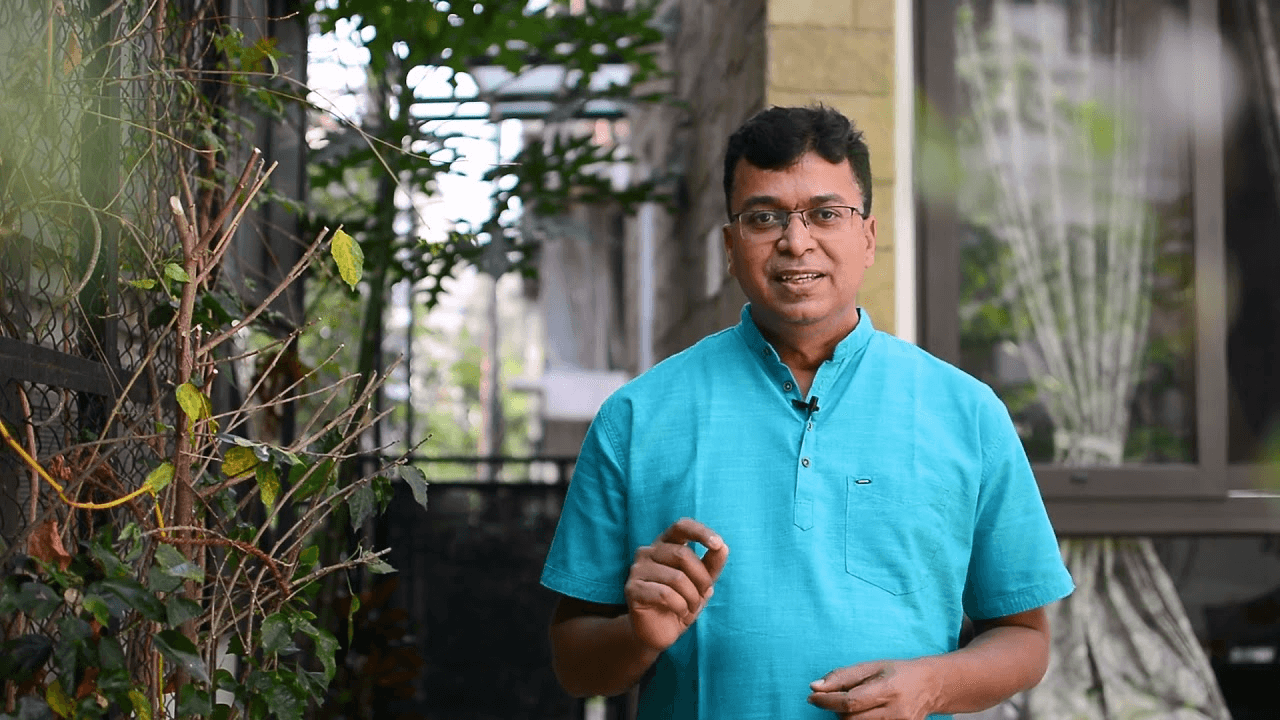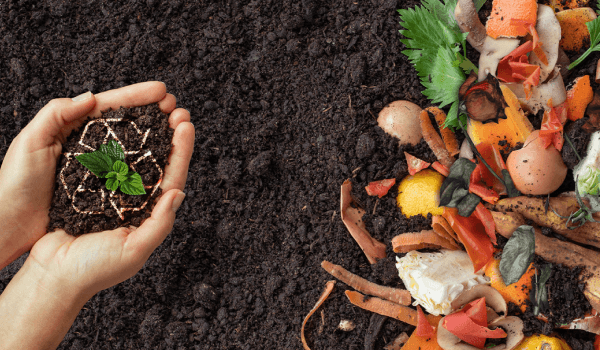12 hours ago

Tweet

Share

Share
How to plant your first tree
Planting a tree is a great way to add some greenery and life to your yard. It's also an easy project that you can do with the kids.
There are many reasons why you should plant trees:
- They're good for the environment. When we think of our planet, we often think of pollution and global warming. But what if we could take steps toward cleaning up our air? What if every time you walked outside, your nose was filled with fresh oxygen? Trees help us do just that! They soak up carbon dioxide from the atmosphere and release oxygen into it as they grow—this helps keep our world much cleaner than it would otherwise be without them around!
- They help reduce global warming by removing CO2 from the air (the same way plants absorb CO2). We need these carbon sinks in order to maintain stable temperatures on Earth because without them most planets wouldn't exist today... but if there were no trees then there would be no forests either which means no more rainforest undergrowth for animals like elephants or rhinos (no offense elephants!)... so now imagine how much worse off life would be without any of those things? You can see how important planting trees really is :)
But before you plant your first tree, there are some rules you should follow:
Choose a species of tree that's native to your area.
When you’re deciding what kind of tree to plant, it’s important to choose a species that fits your yard and location. There are many factors involved in this decision—the type of soil in which the tree will be planted, its mature size and shape (is it round or angled?), whether or not it needs extra nutrients during its first year or two after planting.
Here are some helpful tips:
- Do some research on the trees native to your area. Look for trees with similar growth rates as yours so they can grow alongside each other without competing for resources like sunlight or water.* Make sure there isn't any competition from other plants already growing nearby; check out [this website](https://www.treesummercareguide.com/trees/) if you have questions about this.* Choose something that fits both aesthetically pleasing as well as being easy on your budget—you don't want either one getting in the way when planning out where exactly those beautiful leaves would go!
Pick the perfect spot.
Choosing a spot for your tree is one of the most important parts of planting. You want to pick a spot where you can see it from your house and that gets at least six hours of sunlight per day. Make sure the soil is moist, but not waterlogged (you don't want roots sinking into mud). Avoid areas that are prone to flooding—this will cause problems when it comes time for watering!
Dig a hole.
First, dig a hole for your tree. To do this, you'll need to measure the depth of the hole (the more roots you have when planting, the deeper it should be) and its width (the wider it is, the longer it will take for water to drain).
Once you've measured out your hole's dimensions with an accurate ruler or tape measurer, use these measurements as guidelines when digging:
- The depth should be at least twice as wide as one hand width from one side of the tree trunk. For example: if you're planting a 3-foot tall tree with branches reaching up over 6 feet high above ground level so that there's plenty of room between them and ground level where roots can grow—you'd want either an 8 foot long trench dug around each branch/branchlets before adding soil mixture into each spot where root growth occurs; or else if all branches were equally spaced apart on top surface area then only need 4'x6'=24"x36"=768 sq inches per litre while still keeping everything covered with mulch material until time comes when leaves start appearing again after winter season ends!
Loosen the roots
Loosen the roots: The best way to loosen the roots is with a shovel or your hands. You don't want to pull them, just loosen them until they're no longer attached to the tree. If you do happen to pull one or two of them out, don't panic! Just place these back into place as quickly as possible and continue loosening around your tree's base.
If you have time before planting season starts, consider digging up your lawn where you plan on putting the tree and layering soil over it so that it can get established quicker when planting season arrives (and give yourself something fun in which to spend some time).
Put your tree in its new home.
Now that you have your tree, it's time to plant it. First, make sure the hole is deep enough so that when you stake it down, there will be enough room for roots to grow and take hold of soil in their own way.
Next, make sure that the location is right for where you want your tree—you don't want one near a busy street or on top of a busy building! Give some thought about windy spots as well; if a strong breeze blows through an area where there's no foliage protection (like around a corner), then this could cause serious damage over time.
Finally: make sure everything is straight before digging up those dirt clods! The last thing we want here at [AMAZON] are unhappy customers because their Christmas tree looks like its been hit by lightning (or something else equally horrifying).
Shovel in some dirt.
Now that you've got your hole ready and your tree in place, it's time to fill it with soil. If you're using a trowel, simply scoop out some dirt from the edge of the hole until it reaches about halfway up your tree's trunk. You don't want to pack down all the dirt around or cover up its base—that could damage its roots and lead to poor growth over time.
If you have some rocks on hand (or can find them at home), use them as tools for filling in larger spaces between existing trees and planting new ones in those spaces; this helps give each new plant room so that they don't compete against each other for resources like water or sunlight.
Water your new friend.
Your new tree can be happy and healthy if you give it the right amount of water. Watering schedules depend on the type of tree and how much shade it receives, but generally, you should water your new friend when the soil feels dry to the touch. If you live in an arid area, it may take longer than usual before your tree's roots reach down into the soil and get enough moisture. You'll know that you've given them enough when their leaves start drooping from lack of hydration; this is a sign that they need more moisture.
If possible, mark where each watering session will occur for easy reference later on!
Conclusion
Planting a tree is a great way to introduce your kids to the importance of caring for the environment. It's also an opportunity to have fun with friends, family and neighbors. If you're thinking about starting your own tree-growing project right away, remember that there's no need to rush anything! You can always plant your first tree in several stages as you get ready for spring or next year's planting season.























